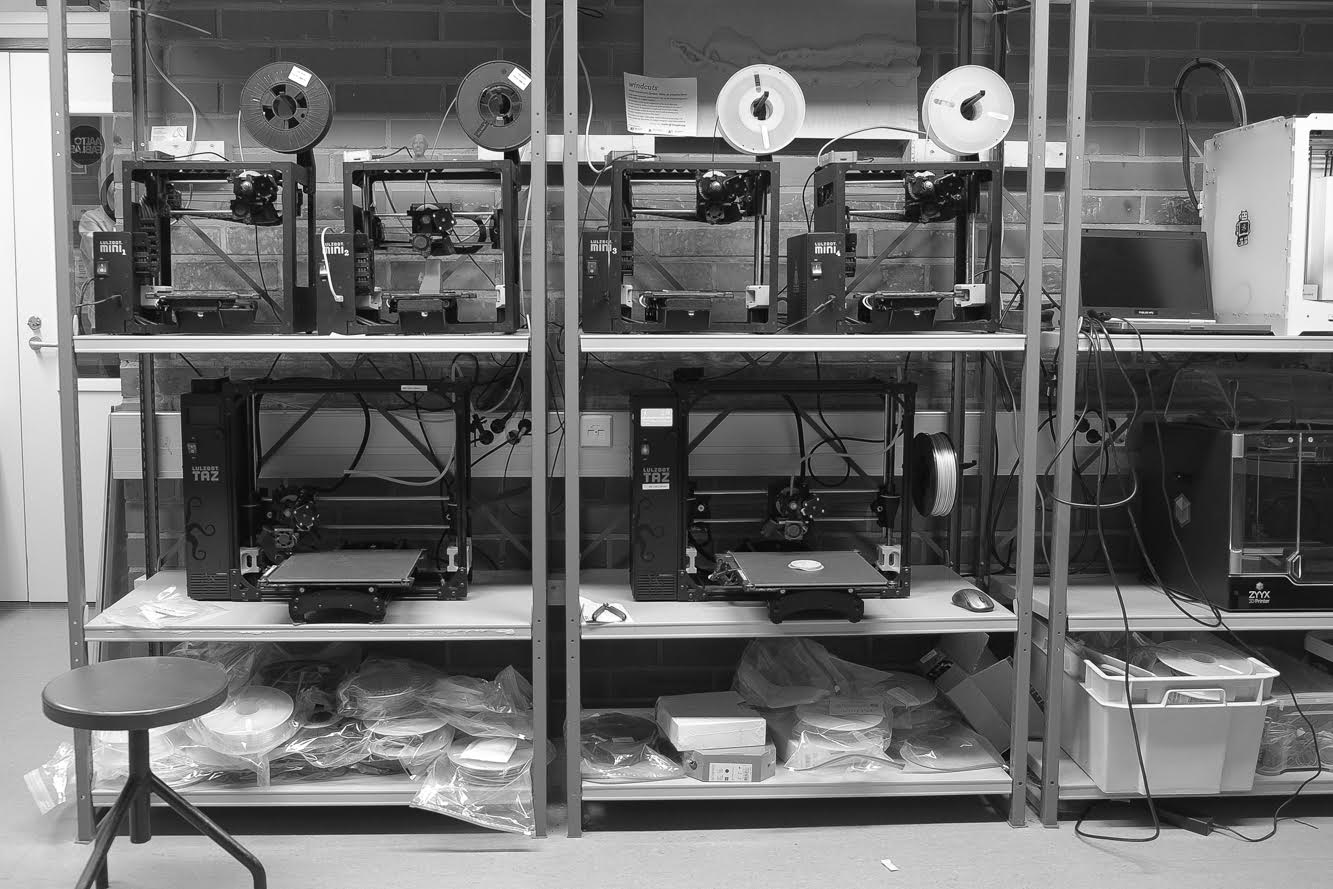How can we and do we as researchers react to this urgent health crisis – acting out of instinct to understand, inform and contribute to collective knowledge, while spinning in whirls of confusion and fear for our own well-being? Cindy Kohtala writes about DIY digital makers who design locally fabricated medical equipment for frontline workers. Kohtala’s blog post is part of the Environmental Research in the time of COVID-19 blog series, where environmental researchers talk about the effects of the pandemic.
How do disasters affect activists – and people who suddenly mobilize to become ‘activists’ and mutual aid volunteers? What about an event like a pandemic, truly global in scale and unprecedented in our times? How can we and do we as researchers react to this urgent health crisis – acting out of instinct to understand, inform and contribute to collective knowledge, while spinning in whirls of confusion and fear for our own well-being?

I have been studying DIY digital makers for many years, grassroots groups who use and develop digital fabrication technologies (Kohtala, 2016). Some of you may have noticed the waves of news articles that brought makers into the headlines. First there were the Italian makers who 3D-printed a ventilator valve; most recently a public Facebook post about a Canadian Boy Scout who designed and 3D-printed an ear piece to hold surgical masks has received 286 thousand likes, 53 thousand comments and 462 thousand shares.
Makers prototype their own inventions and promote the openness and co-production of technology for local needs. Because many groups are directly involved in movements to localize production, confront consumerism and change production and consumption patterns towards on-demand ‘prosumption’, their manifestos and practices have social and environmental implications. I study makers and how they represent sustainability from a perspective of Science & Technology Studies foregrounding design.

Urgency drives our Need to Act
The global maker communities’ response to provide locally fabricated medical equipment to front-line workers has been extremely fast-moving; hence neither researchers nor journalists, nor the makers themselves, have always been able to follow what is going on. Open design files have been shared and modified, but because of the flurry of action not everyone has known what to do; there has simply been a surge of enthusiasm and a rush to printers.
Not every individual or group was acting upon a direct request from a hospital, nor did makers always know which design files were deemed preferable or why. This meant many were starting from scratch and reinventing the wheel, or spending time designing medical equipment that would never be safe enough to use or quick enough to produce. At best, some groups learned how to mobilize, deploying orchestrations of tools and platforms for remote work, while still taking the necessary time to gather and absorb the scientific literature, prototype and test with users.

In academia, researchers have also rushed into a COVID-19 rapid research response. The need to both understand and to contribute is pressing, even while we too experience exhaustion, fear, loneliness and grief. There is a tension between the sense of exigency, to step up and act, and the need to withdraw and protect our own. Both makers and researchers have families and others to care for, and we suffer from disorientation, burn-out and a terrible, lasting, collective sorrow.
Doing Slow Science, Building Networked Resilience
Up to now, my sociomaterialist perspective and ethnographic methods have entailed documenting digital materials (such as online discourse and community documents) in relation to IRL activity – the ‘In Real Life’ stuff I’ve observed in fab labs and makerspaces, but also other spaces such as urban greenhouses where the more environmentally-oriented activists assemble (Berglund and Kohtala, 2018).
Now it becomes salient how ‘real life’ also unfolds in the online sphere especially when driven there by necessity. The most active maker groups in the COVID-19 rapid response are truly translocal (Loorbach et al., 2020): taking advantage of global sharing and networking, while needing to be locally embedded in physical material flows.

How can we capture fast-moving phenomena, to try to make sense of them, while maintaining an analytical perspective and keeping sane and healthy in quarantine? It appears likely that makers’ actions during this pandemic will have longer-lasting ramifications for how regions value these new democratized design and innovation practices.
While the social impacts of DIY making are now informed by the current health emergency, the same potential exists for grassroots groups to both rapidly respond and prototype, and slowly reflect in rhizomatic dialogue, with regard to climate change and environmentally sustainable futures. But we will need to learn how to do this – only by doing it.
Dr Cindy Kohtala is Postdoctoral Researcher at Aalto University. Her research project ‘Making the Next (Sustainable) Industrial Revolution from the Grassroots’ is funded by Nessling Foundation.
